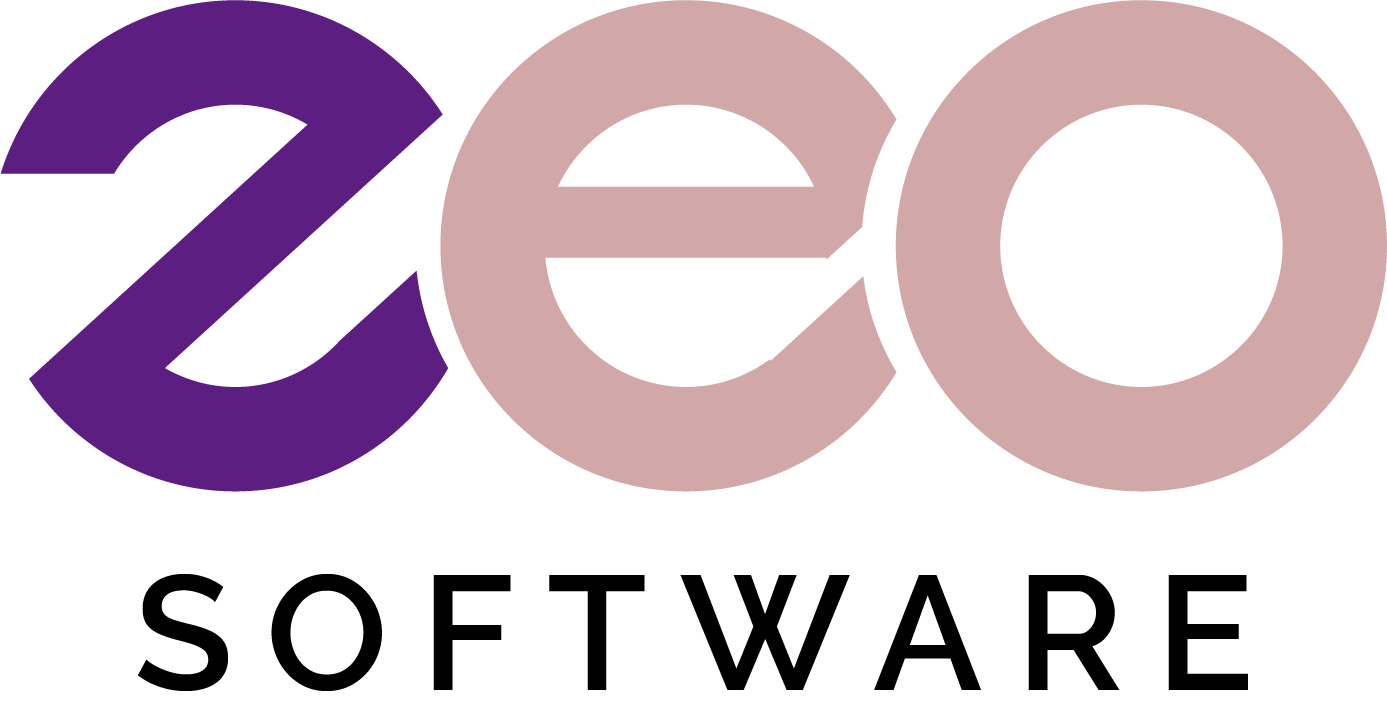Implementing Enterprise Resource Planning (ERP) software is a significant undertaking that can transform your organization’s operations, enhance efficiency, and drive growth. However, the path to successful ERP implementation is fraught with challenges. To help ensure your ERP implementation is successful, we’ve compiled this step-by-step guide outlining key steps and considerations.
Step 1: Define Your Objectives
Before embarking on the ERP implementation journey, it’s crucial to define clear objectives. What are you hoping to achieve with the new system? Whether it’s improving operational efficiency, enhancing reporting capabilities, or supporting business growth, having well-defined goals will guide the entire process.
Considerations:
- Align ERP goals with business objectives.
- Identify key performance indicators (KPIs) to measure success.
Step 2: Assemble the Right Team
Assembling a capable project team is critical for ERP implementation. Your team should include stakeholders from various departments, IT experts, and a project manager to oversee the process.
Considerations:
- Ensure representation from all key departments.
- Select team members with the necessary expertise and authority.
- Clearly define roles and responsibilities.
Step 3: Choose the Right ERP System
Selecting the right ERP system is a foundational step. Evaluate different ERP solutions based on your business needs, scalability, ease of use, and total cost of ownership.
Considerations:
- Conduct thorough market research.
- Request demos and trial versions.
- Assess vendor support and reputation.
Step 4: Plan Your Implementation
A detailed implementation plan is essential. This plan should outline timelines, milestones, resource allocation, and risk management strategies.
Considerations:
- Develop a realistic timeline with buffer periods.
- Identify potential risks and mitigation strategies.
- Ensure alignment with business operations to minimize disruption.
Step 5: Data Migration and Management
Data migration is one of the most critical and challenging aspects of ERP implementation. Ensuring accurate and secure data transfer is paramount.
Considerations:
- Conduct a thorough data audit to clean and standardize data.
- Plan for data backup and recovery.
- Implement robust data governance policies.
Step 6: System Configuration and Customization
Configure the ERP system to meet your business requirements. While customization can enhance functionality, it’s important to strike a balance to avoid over-complicating the system.
Considerations:
- Prioritize configurations over customizations.
- Document all customizations for future reference.
- Ensure customizations do not hinder future upgrades.
Step 7: Testing
Rigorous testing is essential to identify and resolve issues before the system goes live. This includes unit testing, system testing, and user acceptance testing (UAT).
Considerations:
- Develop comprehensive test cases covering all scenarios.
- Engage end-users in UAT for feedback.
- Address all identified issues before proceeding.
Step 8: Training and Change Management
Training is crucial to ensure users are comfortable and proficient with the new system. Effective change management can help mitigate resistance and ensure a smooth transition.
Considerations:
- Develop a detailed training program tailored to different user roles.
- Communicate the benefits and changes to all stakeholders.
- Provide ongoing support and training post-implementation.
Step 9: Go-Live and Post-Implementation Support
The go-live phase is the culmination of all your efforts. Ensure you have a robust support plan in place to address any issues that arise.
Considerations:
- Have a contingency plan for unexpected issues.
- Monitor system performance closely.
- Provide immediate support and address user concerns promptly.
Step 10: Continuous Improvement
ERP implementation is not a one-time project but an ongoing process. Continuously evaluate the system’s performance and make necessary adjustments to ensure it evolves with your business needs.
Considerations:
- Regularly review KPIs and system performance.
- Stay updated with ERP updates and enhancements.
- Solicit feedback from users for continuous improvement.
Conclusion
Successfully implementing an ERP system requires meticulous planning, collaboration, and a proactive approach. By following these best practices and considering each step carefully, you can navigate the complexities of ERP implementation and set your organization on the path to operational excellence.
Remember, the success of your ERP implementation hinges not just on the software you choose but also on how well you execute the implementation process. With the right strategy and commitment, you can unlock the full potential of your ERP system and drive your business forward.
